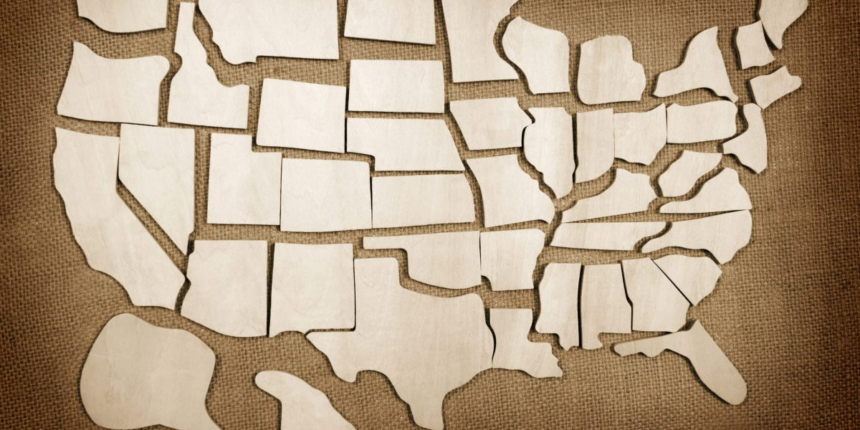“States experiencing recessions are spread across the country, but the broader DC area stands out due to government job cuts,” Zandi added. “Southern states are generally the strongest, but their growth is slowing. California and New York, which together account for over a fifth of U.S. GDP, are holding their own, and their stability is crucial for the national economy to avoid a downturn.”
Here’s how the states—and one federal district(*)—break down:
While tax cuts and government spending on defense should help growth, that won’t come until next year. The base case is that the economy avoids a recession, “but not by much,” Zandi said.
“The economy will be most vulnerable to recession toward the end of this year and early next year,” he added. “That is when the inflation fallout of the higher tariffs and restrictive immigration policy will peak, weighing heavily on real household incomes and thus consumer spending.”
With the economy facing many threats, it wouldn’t take much to push it into recession, Zandi said, singling out a selloff in the Treasury bond market that would send long-term yields soaring.
Because recent revisions have been consistently much lower, Zandi said he wouldn’t be surprised if subsequent revisions show that employment is already declining.
“Also telling is that employment is declining in many industries. In the past, if more than half the ≈400 industries in the payroll survey were shedding jobs, we were in a recession,” he explained. “In July, over 53% of industries were cutting jobs, and only health care was adding meaningfully to payrolls.”









